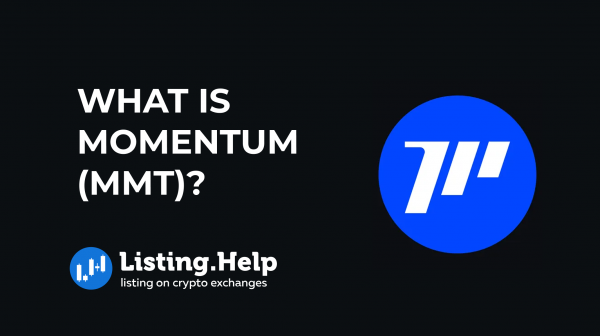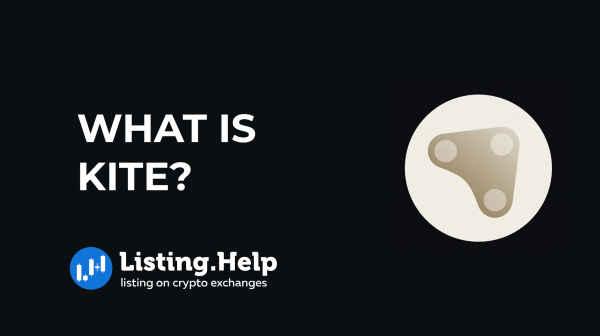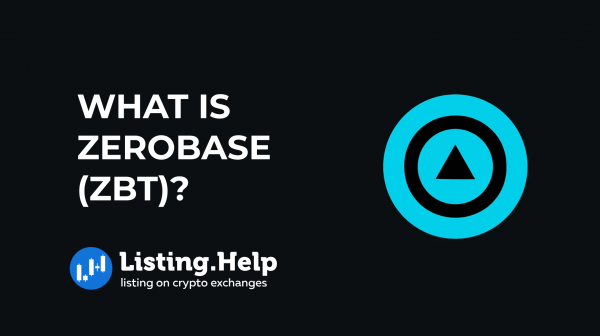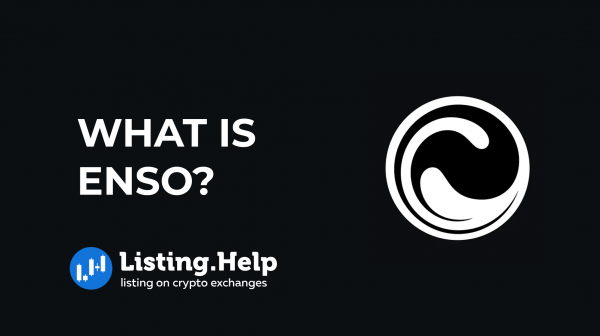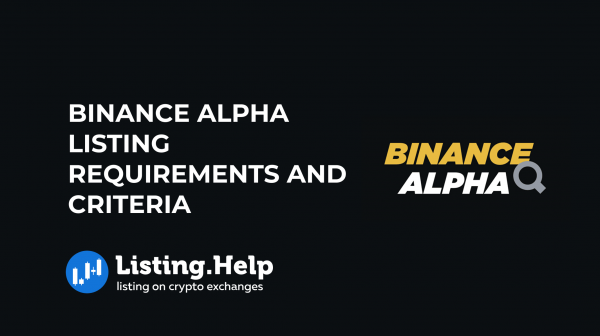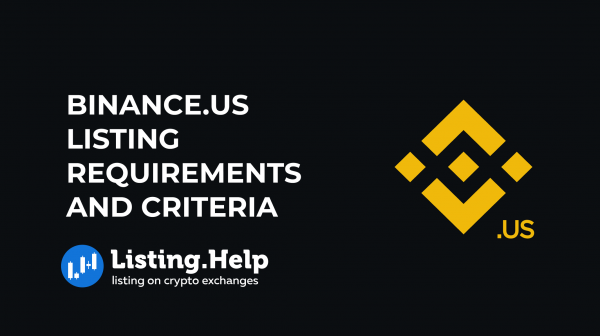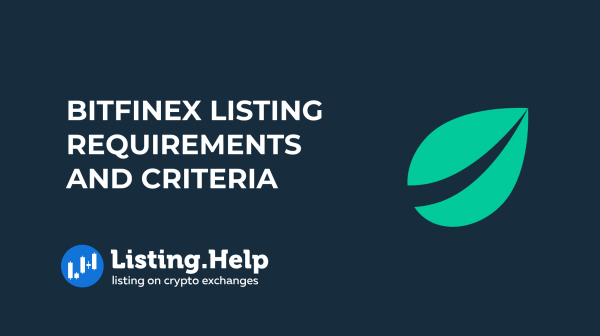What is Real Yield in DeFi?
 October 21, 2024
October 21, 2024 Updated: January 26 2025, 06:10
Updated: January 26 2025, 06:10
LEAVE A REQUEST
Launching your own token project? Our experts are ready to help with listing on exchanges, market making, marketing and other solutions
SUBMIT APPLICATIONThe high annual percentage yields (APYs) often advertised in the decentralized finance (DeFi) space are certainly appealing to many investors. However, when you encounter promises of 100% or even 1000% returns through staking, it’s natural to question whether these claims hold up under scrutiny. A common approach to evaluate such promises is to calculate a project’s real yield. This straightforward and fairly effective method allows you to quickly assess whether a project’s returns are realistic and gives you a better idea of how sustainable the yield might be.
What is Yield Farming in Crypto?
Yield farming lets users earn cryptocurrency rewards by locking their assets in pools that generate interest. These opportunities come in various forms, such as liquidity pools, staking, and lending protocols. What all yield farming options have in common is that they provide returns to users in exchange for putting their assets to work. Many yield farmers use strategies designed to maximize their earnings, often referred to as yield optimizers. They also tend to move their funds from one protocol to another, always in search of the best available return.
As DeFi became more widespread, numerous protocols began offering even higher rewards to attract participants. However, this led to unsustainable APYs, sometimes exceeding 1000%. Once these rates declined due to depleted project treasuries, token prices would often crash, as many users rushed to sell off the tokens they had earned. It became clear that the demand for these tokens was driven more by emissions than by any real utility.
With so many inflated APYs in the DeFi market, how can you assess a project’s true value and its potential for generating interest? One approach is to calculate the real yield of the project’s crypto assets.
Real and Sustainable Yield vs. Dilutionary Emissions
When we talk about “real” yield, we are referring to its sustainability. If a project’s revenues cover the tokens distributed to stakers, it means the project isn’t depleting its own funds. In theory, as long as the revenues remain steady, the project can maintain the same APY over time without running into financial trouble.
On the other hand, dilutionary emissions occur when a project distributes APY in a way that can’t last long-term, often by draining its treasury. If the project’s revenue doesn’t grow, it won’t be able to sustain the same APY. In these cases, the APY is usually paid out in the project’s native token, which is often available in large quantities.
In many cases, stakers might be earning these tokens and then selling them on the market, driving down their price. This creates a negative feedback loop where more tokens are needed to maintain the same APY, which speeds up the depletion of the project’s treasury.
While real yield is ideally paid out in more established tokens, it’s still possible for a project to distribute its native token sustainably if managed well.
What is Crypto Real Yield as a Metric?
The crypto real yield metric helps to quickly assess how a project’s yield relates to its revenue. It provides insight into how much of the yield is supported by actual revenue versus how much comes from token emissions. Let’s break it down with a simple example.
Imagine Project X has distributed 10,000 tokens over the course of a month, with each token priced at $10. This puts the total emissions value at $100,000. However, during that same period, the project only brought in $50,000 in revenue. With $50,000 in revenue but $100,000 distributed, there’s a shortfall of $50,000. This means the APY is largely driven by token emissions, not real growth. Although this example doesn’t factor in operating costs, it serves as a basic way to evaluate a project’s yield.
This concept of real yield is somewhat similar to how dividends work in the stock market. If a company pays dividends without the revenue to support it, it’s clearly unsustainable. In blockchain projects, revenue often comes from fees charged for services. For example, an automated market maker (AMM) might generate revenue from liquidity pool transaction fees, while a yield optimizer might share performance fees with holders of its governance token.
How to Ensure Your DeFi Yield is Real?
Start by identifying a well-established project that offers a reliable and widely used service. This will give you a solid foundation for earning a sustainable return. Then, take a closer look at the project’s yield structure and how you can participate. You may need to provide liquidity to a protocol, stake a governance token, or lock native tokens to start earning.
For many investors, earning yield in blue-chip tokens is often preferred due to their perceived stability. Once you’ve chosen a project and understood its mechanics, it’s important to evaluate the real yield using the method described earlier. Let’s explore a yield model with sustainability built into its tokenomics and see how to analyze it using a simple metric.
Consider an automated market maker (AMM) protocol that offers rewards in two ways: first, to holders of its governance token, ABC, and second, to holders of XYZ, its liquidity provider token. The project’s tokenomics allocate 10% of platform revenue to the treasury, with the remaining revenue split equally between the two reward pools, paid in BNB.
Let’s say the project generates $200,000 in monthly revenue. Based on its tokenomics, $90,000 worth of BNB is distributed to stakers in the ABC pool, and another $90,000 to stakers in the XYZ pool. The real yield can be calculated like this:
$200,000 – ($90,000 x 2) = $20,000
This calculation shows a $20,000 surplus, indicating the yield model is sustainable. The project’s tokenomics ensure that emissions will not exceed revenue, providing a reliable distribution of rewards. Choosing a DeFi project with a sustainable reward model can help you avoid the need for complicated calculations while ensuring you’re earning real yield.
DeFi Protocols that Pay Real Yield
GMX
GMX is a decentralized finance (DeFi) platform that allows users to earn returns on their digital assets by providing liquidity to its decentralized exchange (DEX). This DEX combines features of an automated market maker (AMM) with a limit order book, offering a hybrid model. GMX users can earn rewards by supplying liquidity through token pairs on the platform.
Launched in 2021, GMX has rapidly gained liquidity and seen significant growth in trading volume. Its success is largely attributed to its revenue-sharing system, which involves two native tokens: GMX and GLP.
The GLP index reflects the trading potential of the GMX DEX, while GMX tokens are used for governance and staking. Currently, the platform offers an annual percentage rate (APR) of 4.49% for staking GMX tokens and 10.23% for holding GLP tokens, though these rates are adjusted weekly based on the fees collected. Additionally, during the vesting period, users receive a boosted yield. Of the platform’s revenue, 70% is distributed to GLP holders, and the remaining 30% is given to GMX stakers, paid in ETH.
Synthetix
Synthetix is a DeFi platform that allows users to earn yield by providing liquidity to its decentralized exchange for synthetic assets. The protocol supports the trading of synthetic assets, such as synthetic USD or synthetic Bitcoin, without relying on a central intermediary.
Synthetix became more successful after revising its model to offer real yields to holders of its native SNX token. The platform now offers yields of around 53%, generated from a mix of emission-based staking rewards in SNX tokens and sUSD stablecoins earned from trading fees on the exchange. This makes Synthetix a hybrid DeFi platform, combining both staking rewards and trading revenue for its yield.
Dopex
Dopex is a decentralized platform that enables users to earn yield by providing liquidity for options trading. It allows users to trade options on various assets, including ETH and BTC.
The platform offers Single Staking Option Vaults (SSOVs), which are similar to traditional staking. These vaults allow users to lock up their assets for a specified period, during which they supply option liquidity to the vault. In return, they earn yield from their staked assets, receiving premiums from options buyers. However, higher APRs may come with higher risk, as buyers could claim some of the staked tokens if the asset’s price exceeds the strike price by the end of the period.
In addition to this, Dopex collects fees from its products, which are then shared with DPX token holders.
Is Real Yield Always the Better Approach in DeFi?
The simple answer is no, not always. Emissions have proven effective for some projects in attracting users, especially early on. Many projects start by offering higher emissions to grow their user base and then gradually reduce them as they transition to more sustainable models. It’s not accurate to claim that real yield is inherently superior or that relying on emissions is doomed to fail. However, over time, the DeFi projects that survive and thrive will likely be those with revenue-generating models tied to practical, real-world use cases.

For more insights and updates on the crypto world, don’t forget to check out our blog at Listing.Help







 December 15, 2025
December 15, 2025 
